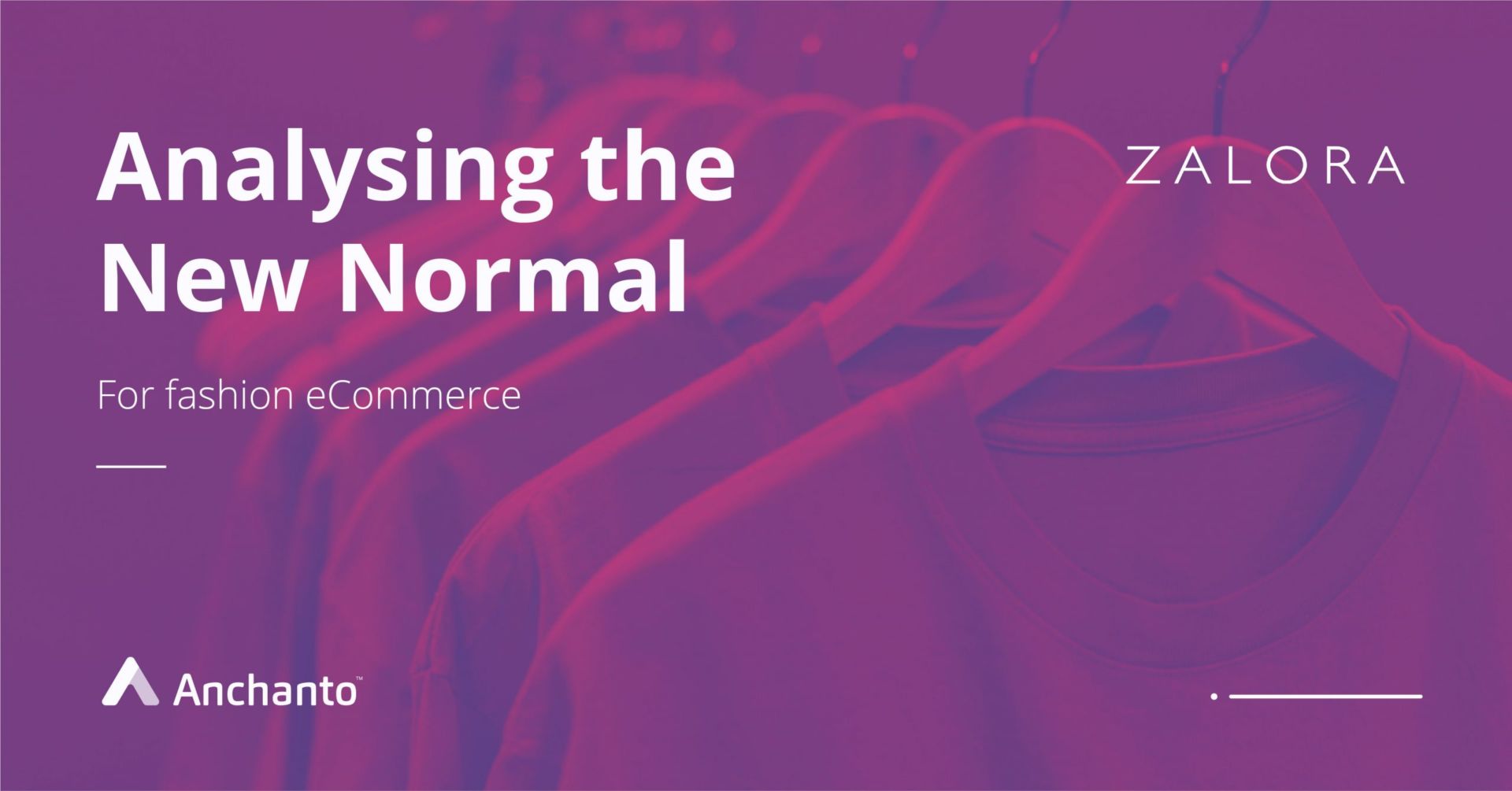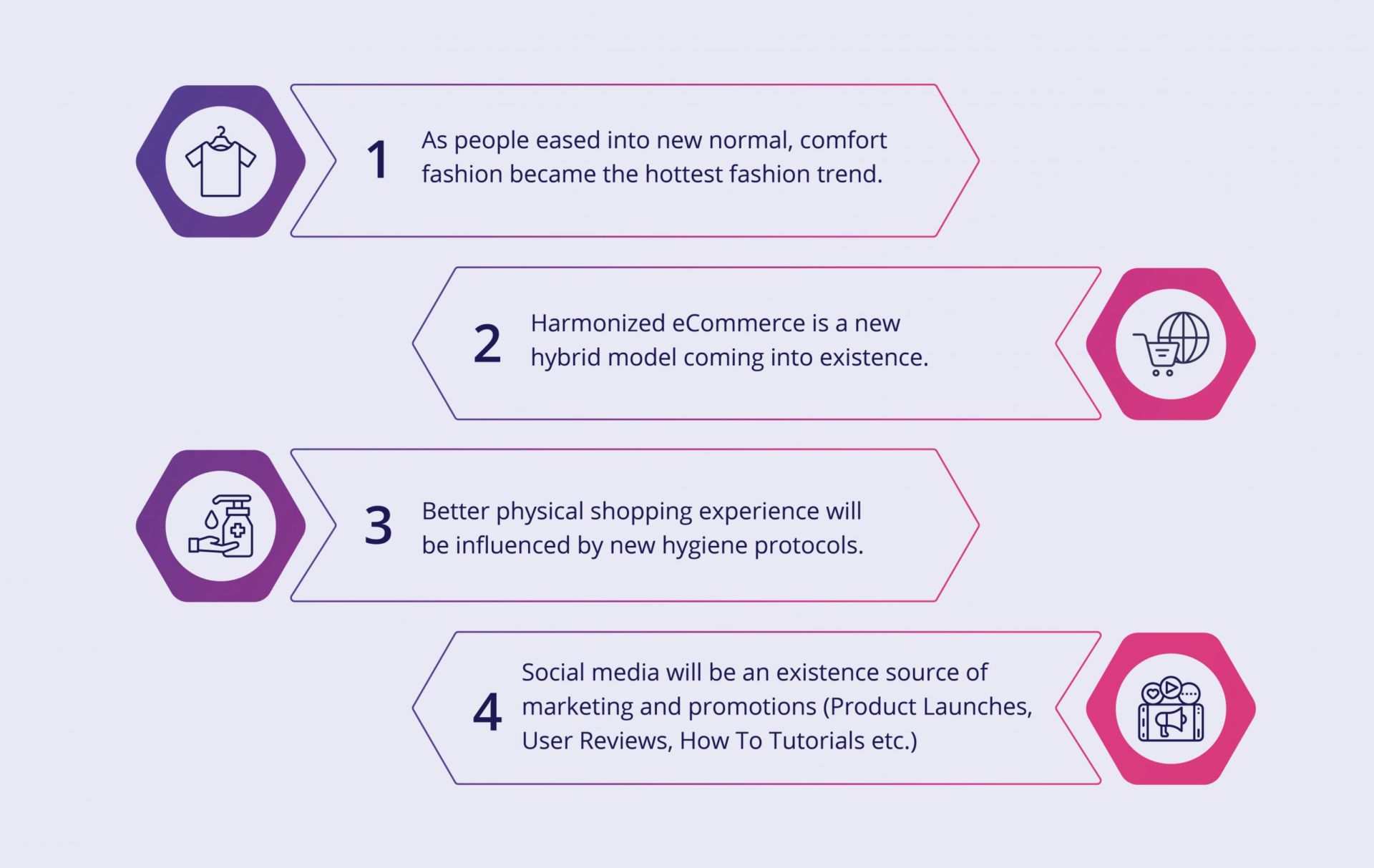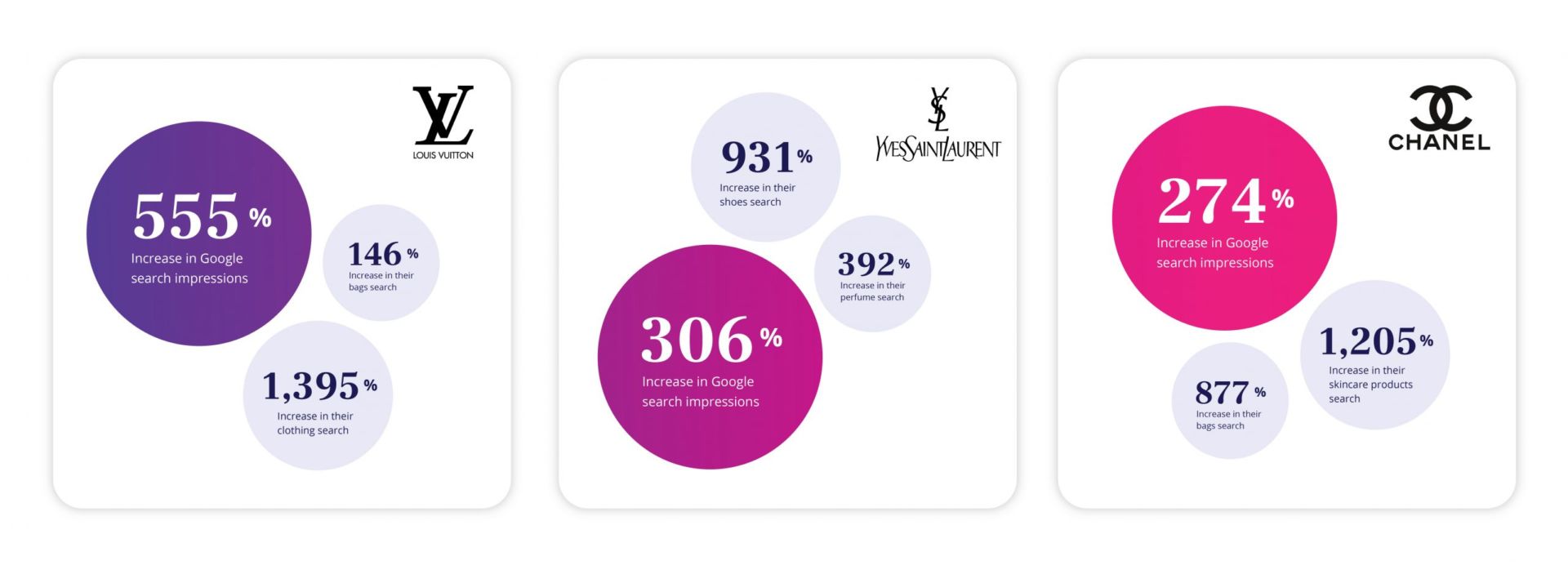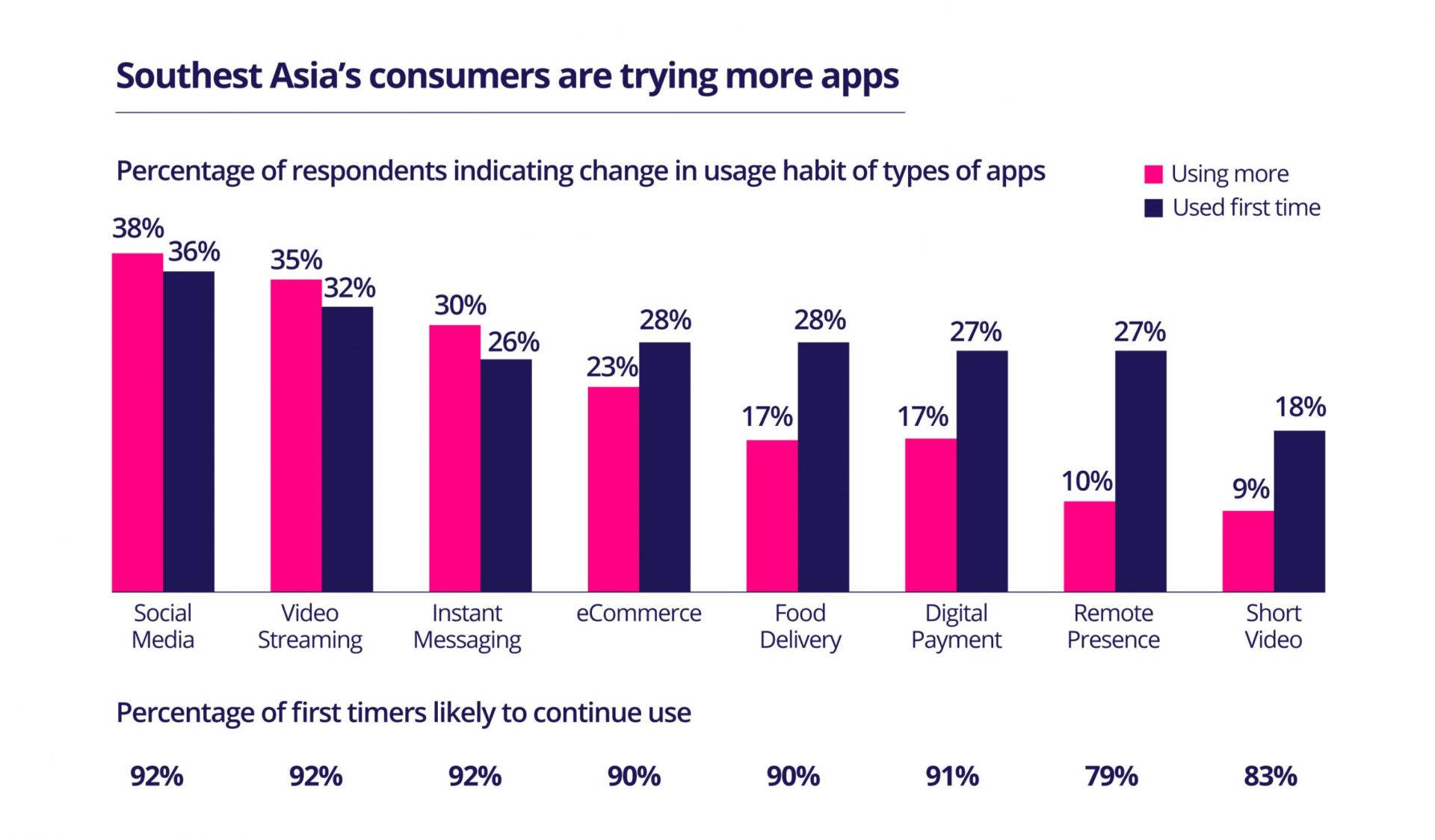Analyzing The New Normal for Fashion E-commerce
Blogs
The following blog is a follow-up piece to ZALORA webinar that was conducted in the initial period of COVID-19 crisis wherein industry experts shared their insights and predictions.
Fashion commerce in Southeast Asia had been on a steady path. But, the global pandemic triggered a concerning uncertainty and the e-commerce industry found itself in an alarming situation— one where fashion and apparel sales dropped heavily and customers were drawn primarily to self-care or daily commodities. However, experts believed that the industry would rebound faster than ever post-COVID. Here’s a list of insights that were forecasted by industry experts on potential sales scenarios.
Predicted Trends:

Let’s see how these trends have gradually taken shape in a post-COVID world:
Change in Consumer Behavior
a. Category Consumption
Before the crisis, e-commerce had evolved much more than ‘swipe, tap or spend.’ But, the pandemic set off a complete shift in consumption patterns of people. They tried to be physically more active resulting in shifting consumption interests.
It led to an increase in loungewear and athleisure sales such as pajamas, sleep shirts, T-shirt dresses, yoga pants, exercise equipment, etc. This motivated brands to launch new collections in both of these categories.
b. Shopping Interests
Southeast Asia’s online purchasing, digital consumption, and average online basket size all have risen substantially and will continue to grow at record-setting rates. As the restrictions tightened, shoppers garnered more interest in luxury fashion brands.

According to a study by Iprice Group (4), researchers recorded an increase in search impressions with Louis Vuitton, GUCCI, and Chanel in the forefront. Amongst the sportswear giants, Nike and Adidas increased their search impressions by 605% and 577% respectively.
c. Digitized In-store Experience
B2C commerce had picked up nicely in Southeast Asia and in order to stay relevant, brands, retailers, and distributors would want to take the shopping experience to a whole new level. As experts coined the concept of harmonized commerce wherein brands and retailers will use their physical stores to do much more than shopping, we can see it come to experience. Fashion retail-tech such as RFID-enabled connected fitting rooms, Virtual try-on mirrors and other immersive technology will come to execution. In addition to new-age technology, hygiene and sustainability-led initiatives will help them drive a positive brand image into their consumers’ minds.
Change in E-commerce Structure
The map of global demand which was once heavily tilted towards cross-border e-commerce is being restructured — and logistics and fulfillment value chains are on the cusp of this new structure as companies are activating their efforts to compete in the regional consumer markets.
As brands and businesses faced huge logistics challenges, marketplace-driven platforms believed smaller businesses may be more efficient in fulfilling orders during this period.
To combat this risk, upgrading to a technology-based model will prove to be a game-changing move for large and mid-sized organizations.
Relevant practices implemented by brands and businesses:
Among the biggest consequences: the Pandemic fast-tracked the development of digital ecosystems. So consumer goods companies partnered with food delivery services, online marketplaces, gaming companies, and others for everyone’s benefit.
Consequently, businesses adapted their playbooks by making operational changes to enable a strong foothold in the post-COVID market. In response, fashion companies in multiple sectors already have started transforming their products, processes, and business models. Some companies have made changes in their structures, strategies, and operations that dramatically improved their ability to perform in the face of volatility and uncertainty.
As the lockdown restrictions tightened across countries like Thailand, Malaysia, Philippines, Singapore and Vietnam, e-commerce marketplaces extensively used new media such as Facebook live, YouTube, IGTV videos to connect with their customers.

Source: Bain & Company Report
This enabled shoppers to interact with and still get a complete physical experience of shopping while sitting at home. New product launches, reviews, and online buying resulted in similar levels of popularity as earlier.
Going by the typical trend seen in Southeast Asia, customers are more reactive to the brand. Eventually, consumers’ growing affinity for personalized shopping experiences has made businesses rethink customer engagement in a completely different way.
For instance, Shopee recorded 300 million live-stream views (1) in Southeast Asia with a total population of 650 million. The live-streams ranged from game shows to make-up tutorials and were often produced by brands, small sellers and sometimes even marketplaces themselves.
The fashion industry has repeatedly proven its ability to reinvent itself. And the shift of e-commerce in new ways of doing business to stay relevant has opened consumers’ eyes with a world significantly becoming more digital post-COVID. While the experts discussed new insights and forecasts, the post-COVID period not only weathered this crisis but also has gained growth momentum.
Sources:
